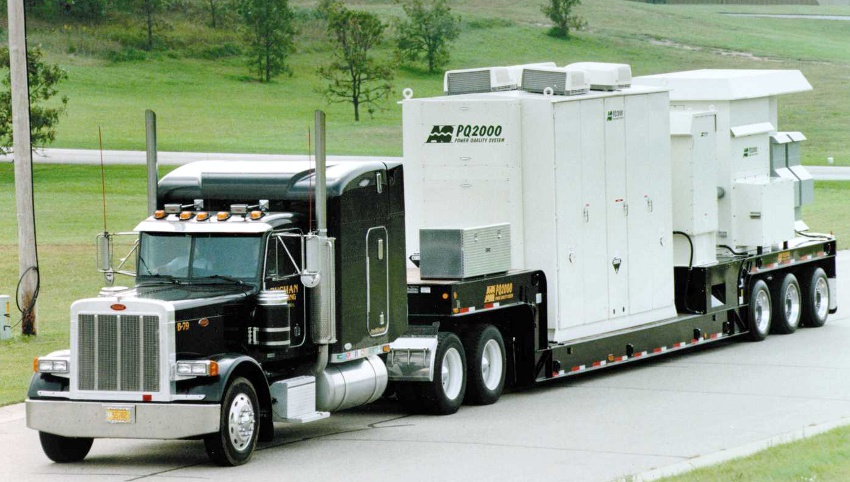The Sterling Municipal Light Department is marking a major milestone related to the department’s two energy storage systems. In March, SMLD celebrated over $1 million in avoided costs to the light department, thanks to the two systems.
“We would like to thank our partners who made all of this possible,” said SMLD General Manager Sean Hamilton. “They include SMLD commissioners, staff and operations crew, along with the Town of Sterling; Judith Judson from Mass. Department of Energy Resources; Dr. Imre Gyuk of the U.S. Department of Energy; Daniel Borneo and Dr. Raymond Byrne of Sandia National Laboratories; Todd Olinsky-Paul of CEG and CESA; MMWEC; Scott Reynolds, of Reynold’s Engineering LLC ; Mike Barrett of PLM; Josh Teigiser of Origis Energy; Sachin Patel of Last Mile Energy, Arlen Orchard and SMUD for project technical information, and Jared Carpenter and Jim Frawley for grant technical information.”
https://www.telegram.com/item/20190419/sterling-light-storage-units-mark-milestone

